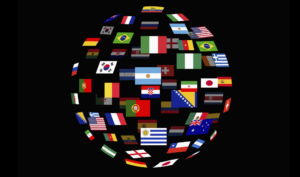
How Can You Build an International Workforce? Tips for Success
In the past, many employers dismissed the idea of building an international workforce. Those who could attract local talent considered it unnecessary. Others didn’t have

In the past, many employers dismissed the idea of building an international workforce. Those who could attract local talent considered it unnecessary. Others didn’t have

Early in 2020, without warning, the pandemic made distributed teams a standard way of working for organizations all over the globe. Now, many employees have

The phrase “world of work” really means the world now. So many businesses are expanding geographically to grow. And that means relocation opportunities for the
Bells and whistles and corner offices aside, talent management is dedicated to one basic question, right? Who’s next? From tending the pipeline right through issues of
Where does innovation begin? What characteristics of workplace culture allow viable ideas to emerge, take root and grow? That’s the focus at TalentCulture forums this week…
Originally posted by Matt Charney on MonsterThinking Blog The History Channel recently rolled out a series called, “How States Got Their Shapes,” a topic so